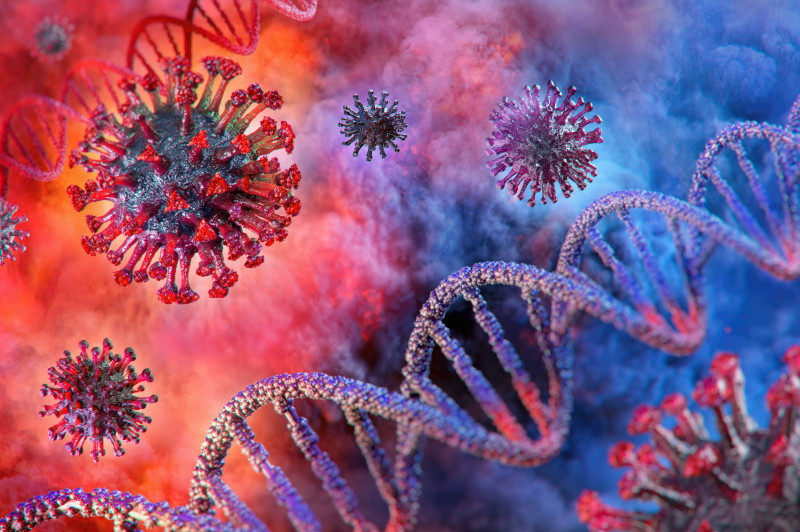Case Report Describes COVID-19 Triggering CAD

COVID-19 appears to have triggered cold agglutinin disease (CAD) in a woman with thalassemia, an inherited bleeding disorder that affects red blood cells.
Her case was complicated by the multiple immune antibodies — alloantibodies — she had built up in response to blood transfusions.
Her case was described in the study, “Cold Agglutinin Associated With COVID-19 Infection in a Thalassemia Patient with Multiple Alloantibodies: A Case of Cold Hemagglutinin Disease (CAD) with Complex Antibody Detection,” published in the journal Hematology, Transfusion and Cell Therapy.
Thalassemia occurs when the body makes abnormal or too little hemoglobin, the protein that enables red blood cells to transport oxygen. This causes many red blood cells to be destroyed, resulting in a condition called anemia.
People with thalassemia often need blood transfusions to counter anemia. Because the transfused blood comes from another person, there is the possibility the body may recognize it as foreign and mount an immune response against it.
This defense, called alloimmunization, involves the production of alloantibodies directed against donor red blood cells. Because this raises the risk of a severe immune reaction to a transfusion, thalassemia patients’ alloantibodies must be screened carefully for donor blood compatibility.
Here, researchers in Iran described the case of a 49-year-old woman with thalassemia in whom COVID-19 appeared to have triggered the onset of CAD, a rare autoimmune disorder in which self-reactive antibodies called cold agglutinins bind and destroy red blood cells at low temperatures.
The patient arrived at the hospital needing a blood transfusion due to her low hemoglobin levels. Because she had a history of alloimmunization, a blood sample was sent for identification of alloantibodies.
Testing revealed the presence of cold agglutinins, a hallmark of CAD, along with several alloantibodies. A compatible blood donor was found one week after her admission.
While waiting for compatible blood, the woman developed “extremely severe” anemia, with her hemoglobin levels dropping to 1.5 g/dL (normal range: 12–16 g/dL).
Additionally, she also had other biochemical signs typical of CAD, including elevated levels of bilirubin — a marker of red blood cell destruction — and of lactate dehydrogenase, a marker of tissue injury. She also had red blood cell agglutination (clumping), another typical sign of autoimmune hemolytic anemia (AIHA), which includes CAD.
Doctors noticed she had signs and symptoms of a pulmonary infection, including pneumonia, loss of smell, fever, and a cough. A chest scan showed signs of pneumonia and a PCR test came back positive for SARS-CoV-2, confirming the diagnosis of COVID-19.
Seven days passed from hospital admission to hemolytic anemia, also consistent with a COVID-19 infection.
The woman immediately began treatment for COVID-19, but eventually died while in the hospital.
Although no further tests could be performed, physicians who accompanied the patient suggested that similarities between different proteins found on the surface of red blood cells and viral proteins — like the spike protein — could account for the observed hemolytic anemia.
Several other case studies have indicated that the median time to onset of AIHA in COVID-19 cases is nine days. Moreover, in three of seven of these patients, the presence of cold agglutinins was confirmed.
As the patient in this case study had no history of cold autoantibodies, her case of CAD can be attributed to COVID-19 infection.
“The COVID-19 infection might complicate the management of anemia in thalassemia patients, especially those with clinically significant antibodies who need urgent compatible blood,” the authors wrote. “Hence, it is imperative to investigate autoimmune hemolytic anemia in cases with COVID-19.”





